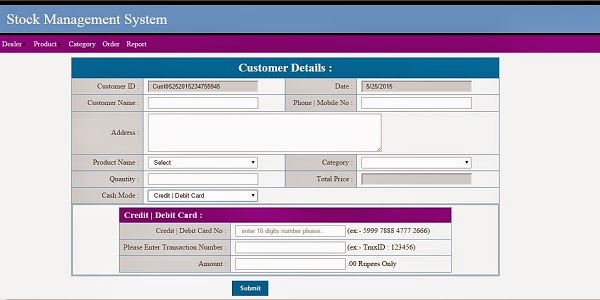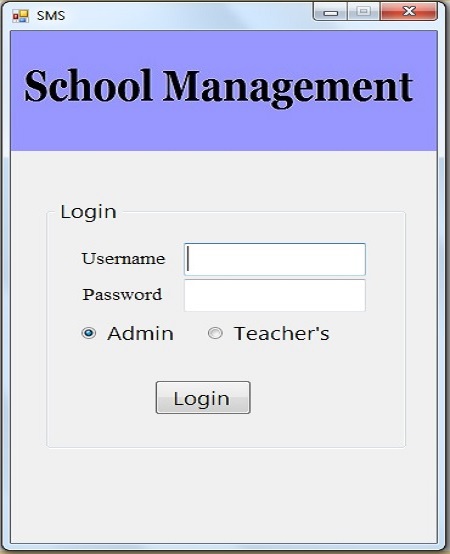In the fast-paced world of web development, having a reliable and efficient framework can make all the difference. One such game-changer is Bootstrap – a free, front-end framework designed to expedite and simplify web development. In this article, we'll explore the key features and advantages of Bootstrap, delve into its responsive design capabilities, and guide you through the process of creating a sample webpage.
Understanding Bootstrap
Bootstrap offers a plethora of HTML and CSS-based design templates catering to various elements such as typography, forms, buttons, tables, navigation, modals, and image carousels. Additionally, it comes with optional JavaScript plugins to enhance functionality. What sets Bootstrap apart is its user-friendly nature, making it accessible to individuals with basic knowledge of HTML and CSS.
Responsive Web Design with Bootstrap
In the era of diverse devices, responsive web design is imperative. Bootstrap shines in this aspect, automatically adjusting the layout to ensure a seamless user experience on devices ranging from smartphones to large desktops. The framework's responsive CSS adapts effortlessly, making it an ideal choice for developers aiming to create websites with universal appeal.
Advantages of Bootstrap
Ease of Use:
Bootstrap's simplicity allows anyone with basic HTML and CSS skills to harness its power. The learning curve is gentle, enabling developers to get started swiftly.
Responsive Features:
With Bootstrap, responsiveness is built into the core framework. Your website will seamlessly adapt to the screen sizes of phones, tablets, and desktops, ensuring a consistent and visually appealing experience.
Mobile-First Approach:
Bootstrap 3 adopts a mobile-first approach, prioritizing styles for mobile devices. This ensures that your website is not only responsive but optimized for mobile users.
Browser Compatibility:
Bootstrap is designed to be compatible with all modern browsers, including Chrome, Firefox, Internet Explorer, Safari, and Opera. This ensures that your website delivers a consistent experience across different platforms.
Download Bootstrap
To kickstart your Bootstrap journey, you can download the framework from the official website here. Once downloaded, you'll have access to a wealth of resources to enhance your web development projects.
Creating a Sample Web Page with Bootstrap
Let's take a step-by-step approach to creating a sample webpage using Bootstrap.
1. Add HTML
Bootstrap requires HTML elements and CSS properties that adhere to the HTML5 doctype. Always include the HTML5 doctype at the beginning of the page, along with the lang attribute and the correct character set.
<html lang="en">
<head>
<meta charset="utf-8">
</head>
</html>
2. Bootstrap is Mobile-First
For mobile-friendly design, add the following meta tag inside the head element. This tag ensures proper rendering and touch zooming.
Bootstrap 3 is designed to be responsive to mobile devices. Mobile-first styles are part of the core framework.
To ensure proper rendering and touch zooming, add the following tag inside the
<meta name="viewport" content="width=device-width, initial-scale=1">3. Containers
Bootstrap requires a containing element to wrap site contents. Choose between the .container class for a responsive fixed-width container or the .container-fluid class for a full-width container.
<!-- Responsive fixed-width container -->
<div class="container">
<!-- Your content goes here -->
</div>
<!-- Full-width container -->
<div class="container-fluid">
<!-- Your content goes here -->
</div>
Remember, containers are not nestable, so avoid placing one container inside another.
4. Sample Bootstrap WebPages
Below are examples of basic Bootstrap pages with either a responsive fixed-width container or a full-width container.
<!DOCTYPE html>
<html lang="en">
<head>
<title>Bootstrap Example</title>
<meta charset="utf-8">
<meta name="viewport" content="width=device-width, initial-scale=1">
<link rel="stylesheet" href="http://maxcdn.bootstrapcdn.com/bootstrap/3.3.6/css/bootstrap.min.css">
<script src="https://ajax.googleapis.com/ajax/libs/jquery/1.12.0/jquery.min.js"></script>
<script src="http://maxcdn.bootstrapcdn.com/bootstrap/3.3.6/js/bootstrap.min.js"></script>
</head>
<body>
<div class="container">
<h1>My First Bootstrap Page</h1>
<p>This is some text.</p>
</div>
</body>
</html>
<!DOCTYPE html>
<html lang="en">
<head>
<title>Bootstrap Example</title>
<meta charset="utf-8">
<meta name="viewport" content="width=device-width, initial-scale=1">
<link rel="stylesheet" href="http://maxcdn.bootstrapcdn.com/bootstrap/3.3.6/css/bootstrap.min.css">
<script src="https://ajax.googleapis.com/ajax/libs/jquery/1.12.0/jquery.min.js"></script>
<script src="http://maxcdn.bootstrapcdn.com/bootstrap/3.3.6/js/bootstrap.min.js"></script>
</head>
<body>
<div class="container-fluid">
<h1>My First Bootstrap Page</h1>
<p>This is some text.</p>
</div>
</body>
</html>
Feel free to customize these examples to fit your specific needs and let Bootstrap streamline your web development process. With its ease of use, responsive features, and broad compatibility, Bootstrap remains a go-to choice for developers aiming to create modern and visually appealing websites. Download Bootstrap today and witness the transformation of your web development experience. Happy coding!





0 Comments